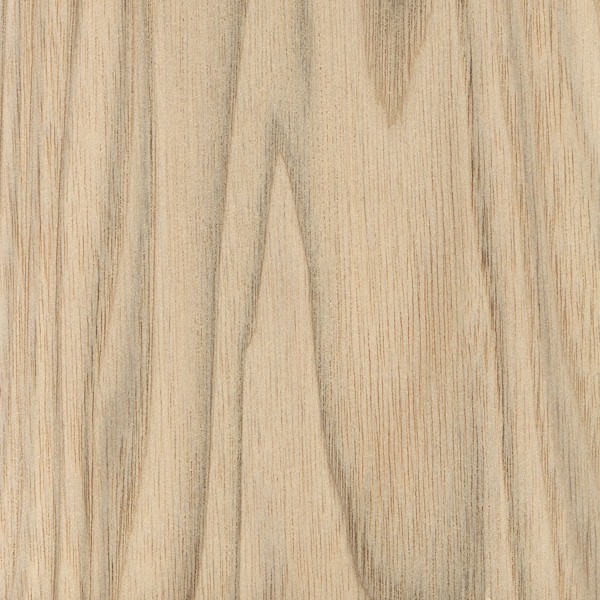Sometimes called White Walnut, Butternut is indeed closely related to Black Walnut. While the difference is not black and white, the wood of Butternut is considerably lighter-colored than Black Walnut, as well as being very soft and lightweight.
Butternut trees can be distinguished from Black Walnut by looking at its fruit: Butternut’s fruit is more oblong or oval shaped, while Walnut is nearly round; (see illustration below). The commercial potential of Butternut’s edible fruit (nuts) is generally regarded as being more valuable than its lumber. (Butternuts are not related to Butternut squash, which comes from an unrelated plant—Cucurbita moschata.)
The trunks of Butternut trees are fluted, which is sometimes still evident in processed lumber—the growth rings in the endgrain may appear more polygonal and faceted rather than perfectly circular.
Wood Info from Copyright © 2008–2022 Eric Meier. https://www.wood-database.com




